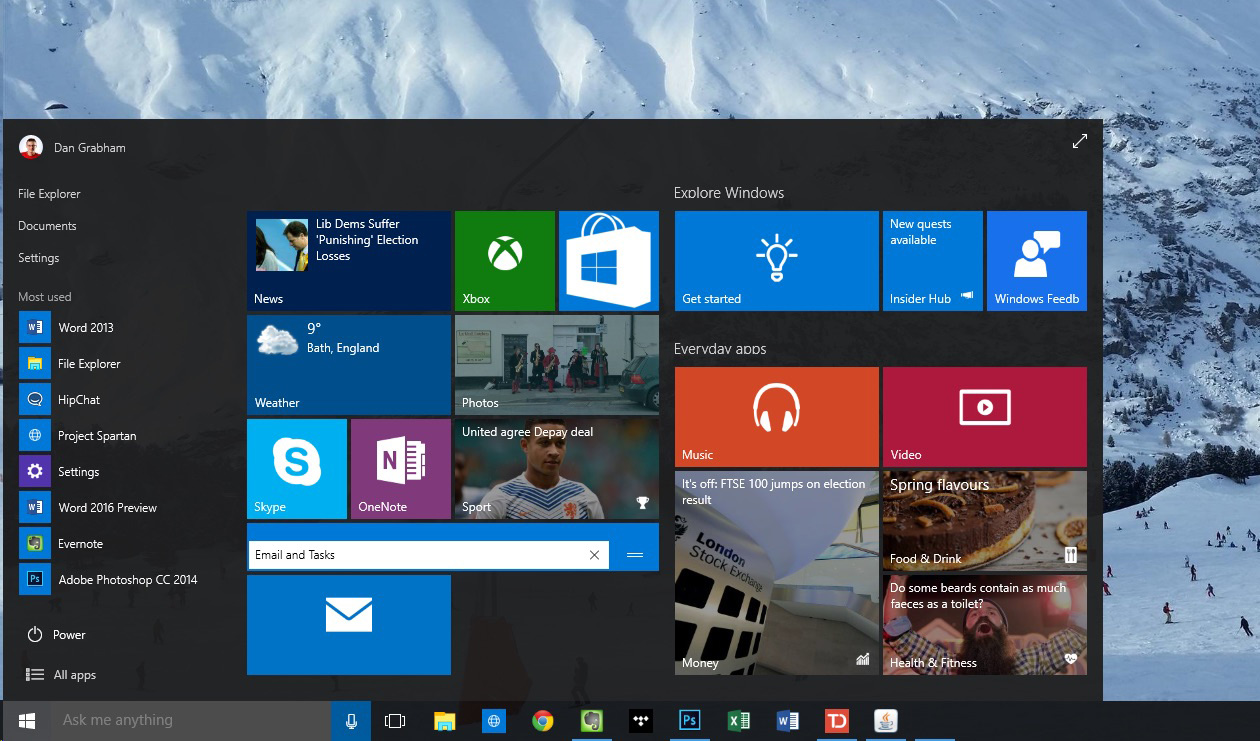
Well-known manufacturers like Dell, HP, and Acer have all committed to producing laptops pre-packaged with Windows 10 S. That being said, it’s expected that Windows 10 S will be available on laptops that are already inexpensive to begin with, so it might be a good way to cut costs if the added power isn’t necessarily needed. Sure, it might be useful in a pinch, but considering the limitations of Chrome OS, Windows 10 S will likely be something similar, allowing for a slightly passable experience when nothing better is available. However, if you’re not in the business of education, Windows 10 S might not be a great fit for your organization.

To get this operating system off the ground, Microsoft is first targeting educational institutions like schools and college campuses. This is due to fewer processes and applications running in the background, allowing for much faster times as a whole.

A laptop running Windows 10 S can load a user profile up to 15 seconds faster than a laptop running an ordinary version of Windows 10.

Windows 10 S is designed to be much more lightweight than the current version of the operating system, boasting faster loading times than laptops running Windows 10 Pro. But what if Microsoft created a similar operating system? Well, they did just that with Windows 10 S, which is designed to be used with less processing power than the current operating system. Google Chromebooks run a streamlined version of the Chrome OS to offer users a relatively decent browsing experience, despite the device’s limitations.


 0 kommentar(er)
0 kommentar(er)
